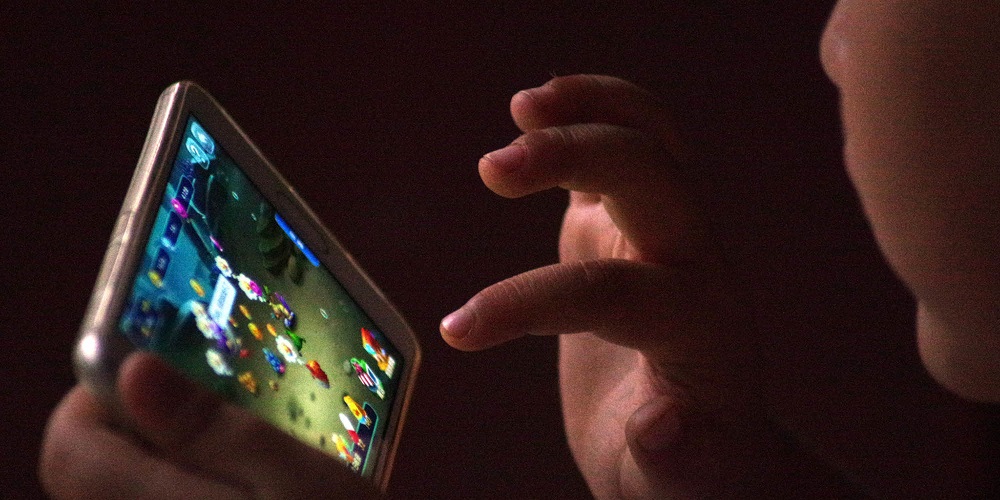
Mobile gaming began to be a highly profitable business around the year 2010. In the past several years, it has grown rapidly into a very lucrative ecosystem with a healthy growth forecast.
Spending on software for gaming across all platforms continues to rise rapidly. Mobile will drive this growth more than any other sector as the spending on tablets and smartphones has already generated more revenue than consoles in recent years.
Over the past several years, developers have strived to make mobile games as smartphones became a mainstream device for consumers. Technological evolutions include larger screens, faster processors, better overall graphics capabilities, and more input points, combined with prices that are dropping. All of this brought the ability for gaming on smartphones to audiences bigger than before.
Smartphones as gaming devices experienced their own evolution in that growth and through that transition. Even more developers ran to create apps, and app stores’ gaming sections were overwhelmed. While gaming apps for mobile platforms use a downloading model in which users pay up front, paying a small charge to download an app rose in the beginning of mobile gaming, the great flood of apps led to a change in monetization strategy.
More apps began using the F2P, or free-to-play model, where a consumer can download an app for free, and then is monetized later by either in-app advertising or in-app purchases. Since this transition, most people have been conditioned to expect mobile gaming apps that are of quality for little to no cost.
The market for apps in the sector of mobile gaming is so large it makes other categories for apps look small. These apps made up twenty percent of apps in Apple’s App store in March of 2016 which were active. That was more than twice that of business apps, the category that is second most popular.
The market will only continue to grow as smartphones of quality are becoming more accessible to consumers and more people look to their phones for gaming. This fast growth is resulting in many growing pains. Saturation in the market led to the dominance of the F2P monetization model, which has caused marketing costs to go sky-high.
As the costs for marketing mobile gaming apps has risen, so has the action of apps focusing on the small number of players who pay out real money in the apps. Because of this, game mechanics which optimize how much money is being spent by this small user group, oftentimes alienating the larger group of users who do not spend money on the apps.
There are various new solutions coming to the market which offer publishing houses and developers a wide variety of monetization models that combine purchases in apps with other methods.
There are many more mobile games on the market than PC and console games put together. The install base of mobile games is a lot greater than console or PC as well. The game modes are usually different for a mobile gamer, and therefore the average revenue per user is lower. The highest APR can be found with gaming consoles. Plus, there is a low barrier to entry for beginning a game in the mobile sector, which is both good and bad. A game can be made in just weeks on a fairly small budget. The competition that results among developers in the mobile game world is intense, requiring marketing that is ever-increasing even to get people to notice a new game while factoring the costs into the budget for development.
One example of a popular game in the mobile market are casino games. There are several options that you can play anywhere right from your phone. You can many times play the games for free at first to get the hang of them before spending any more. Royal Vegas casino is one such online casino that offers its gamers a mobile option. Since mobile gaming market is predicted to continue to grow- why not join the trend with Royal Vegas mobile. You’ll find a variety of casino games to play to keep you busy and entertained.

